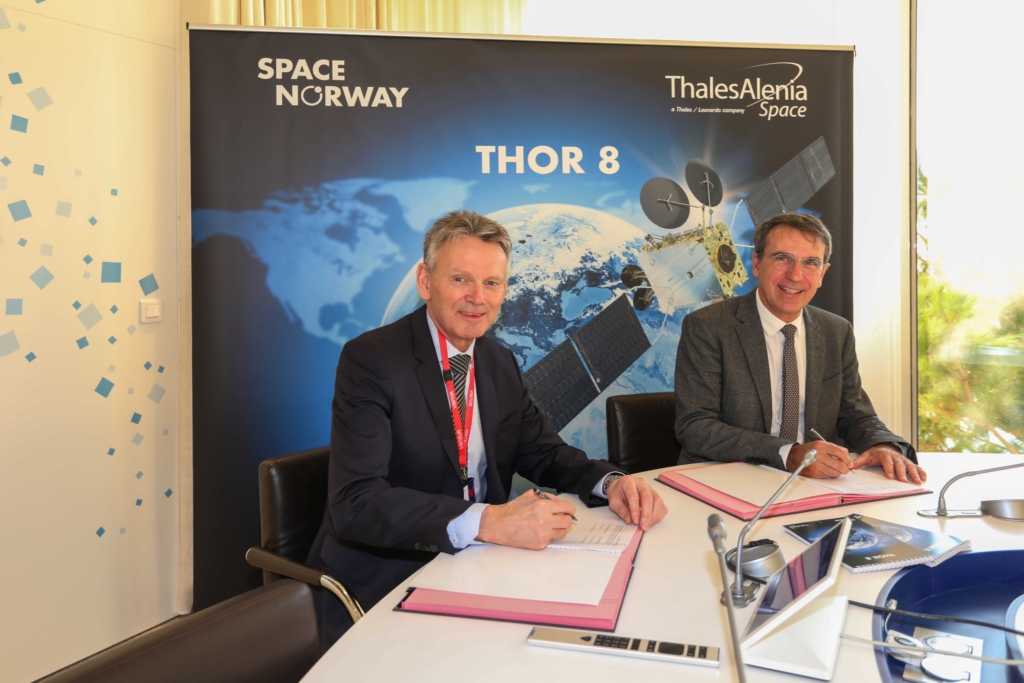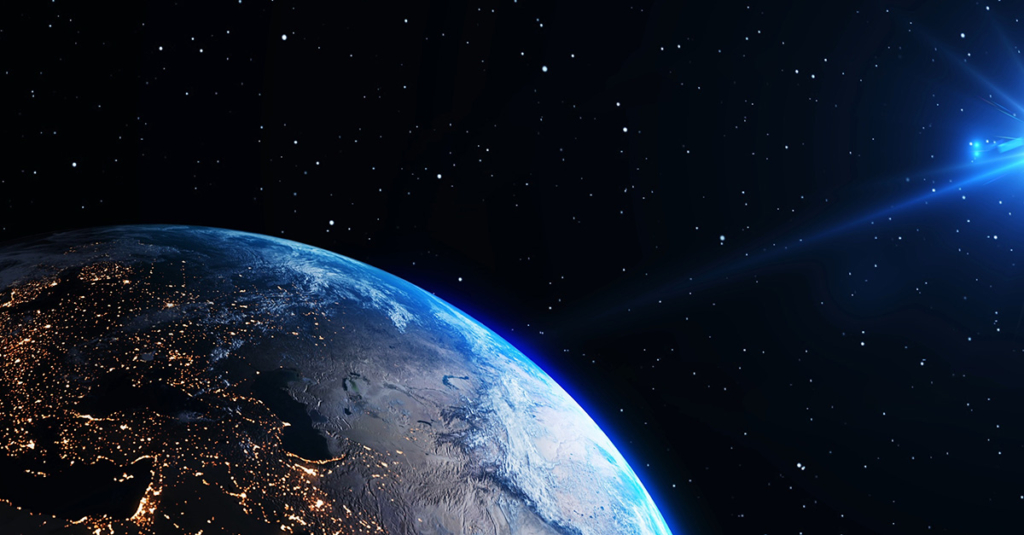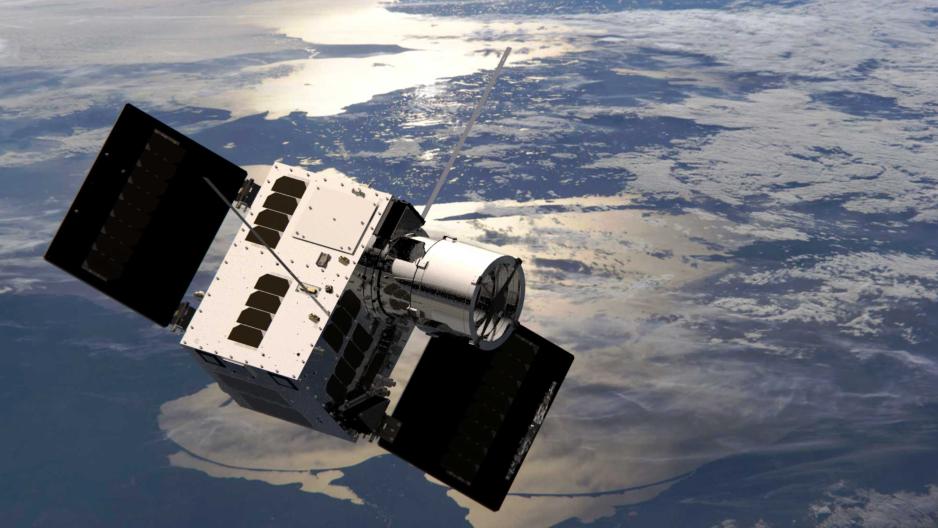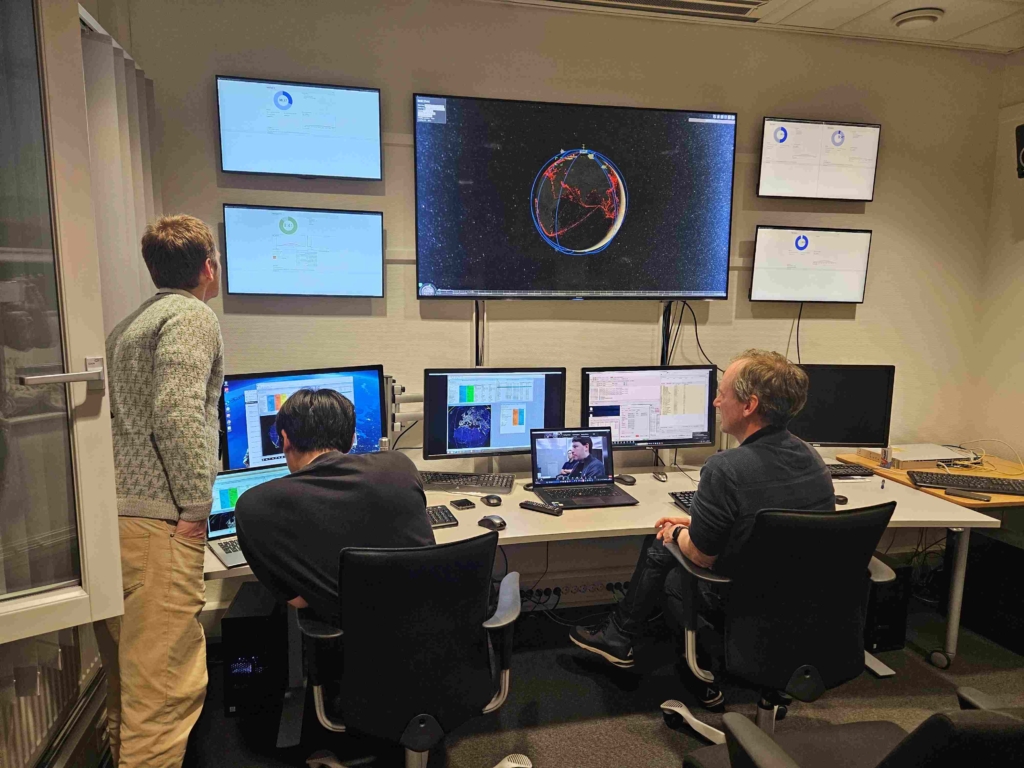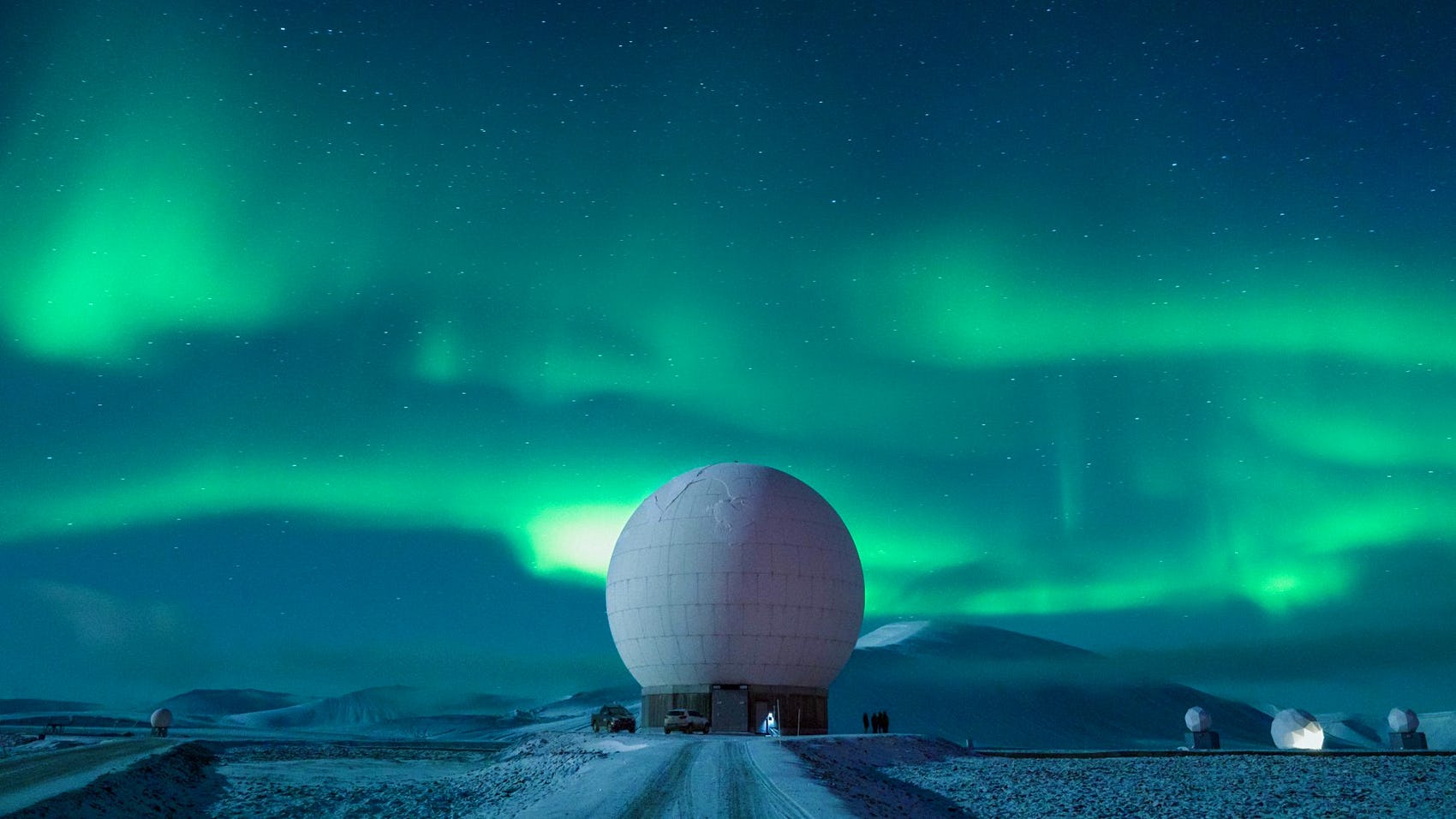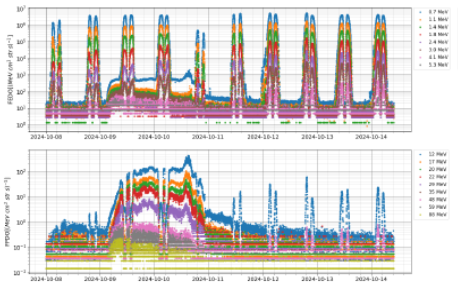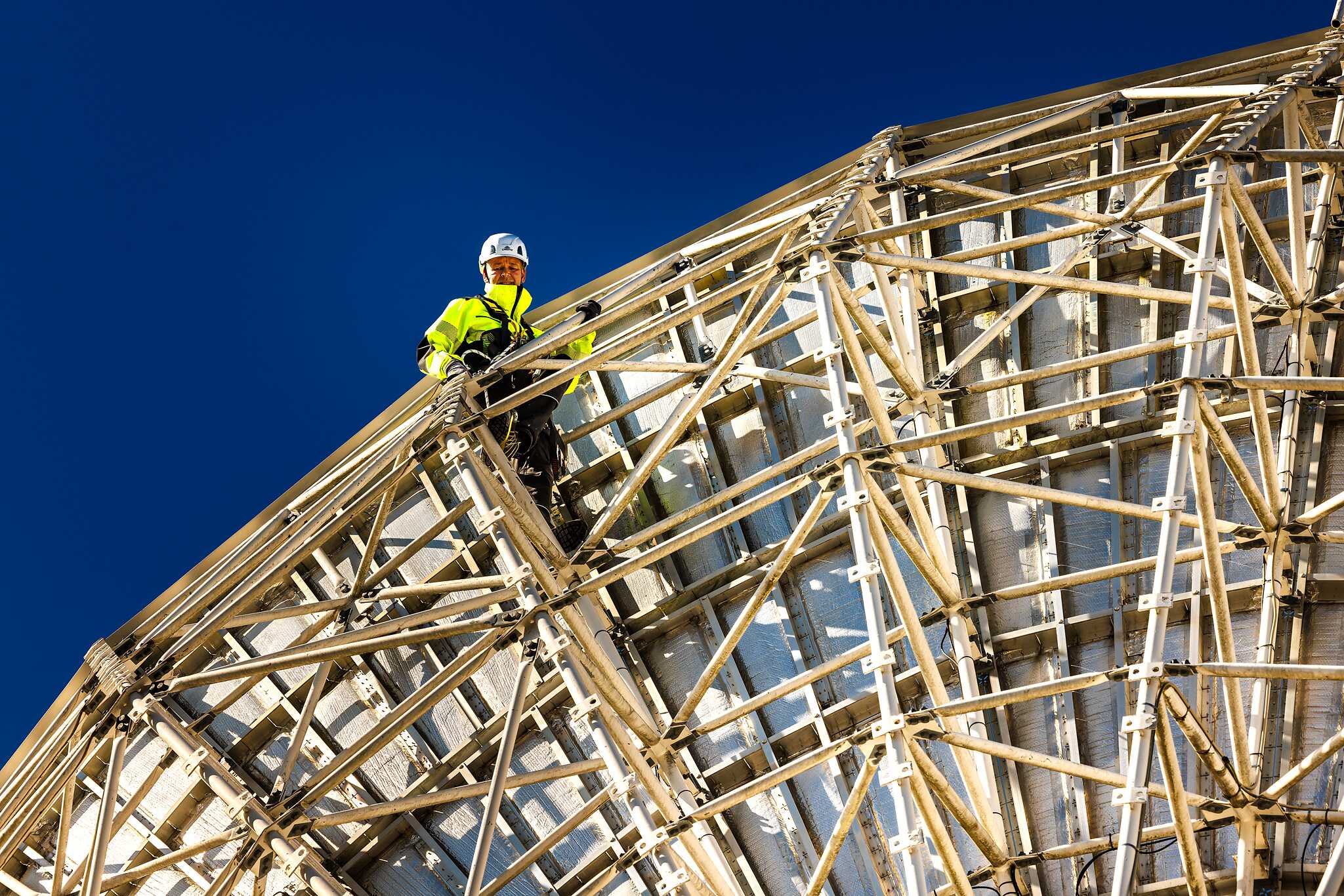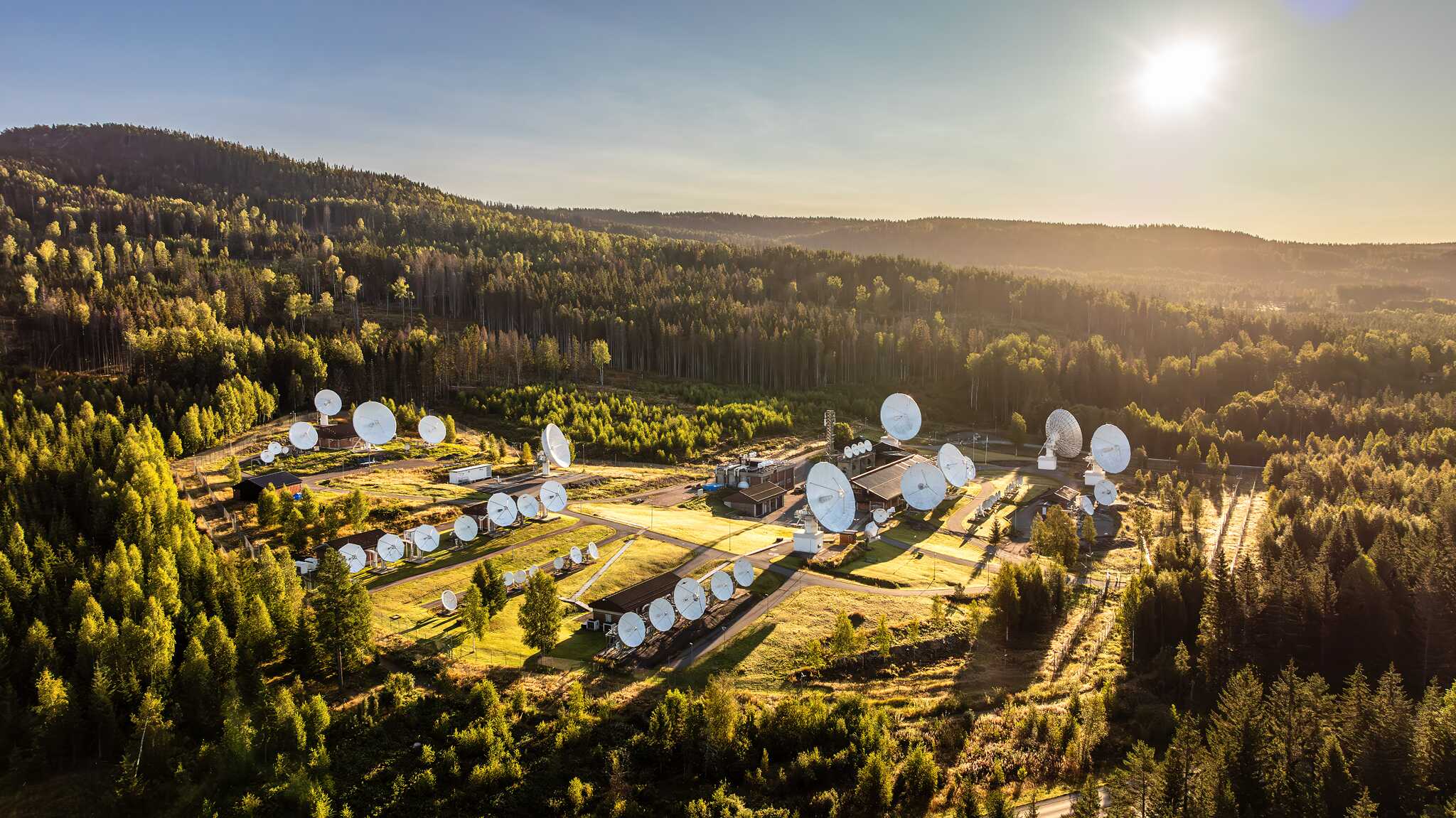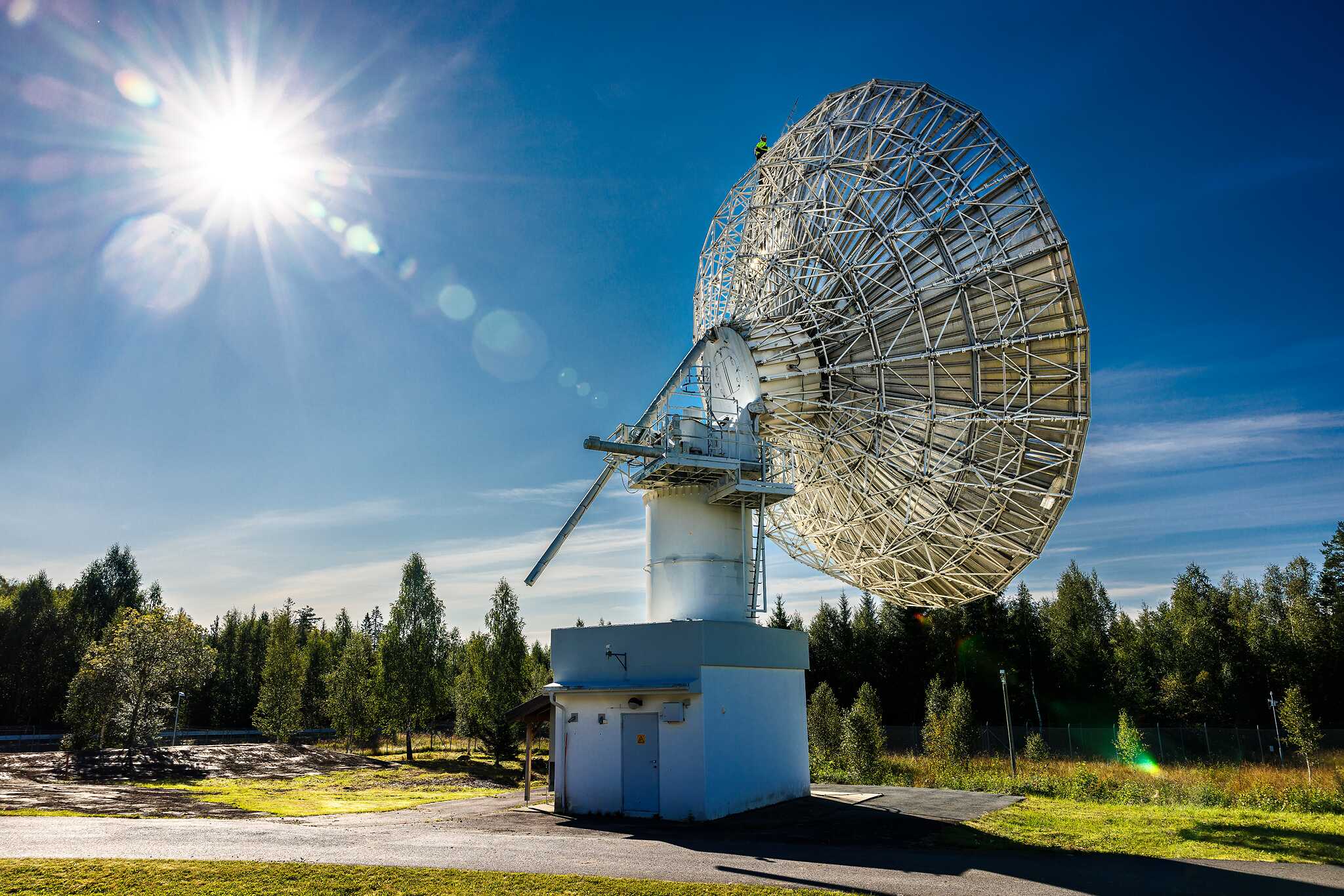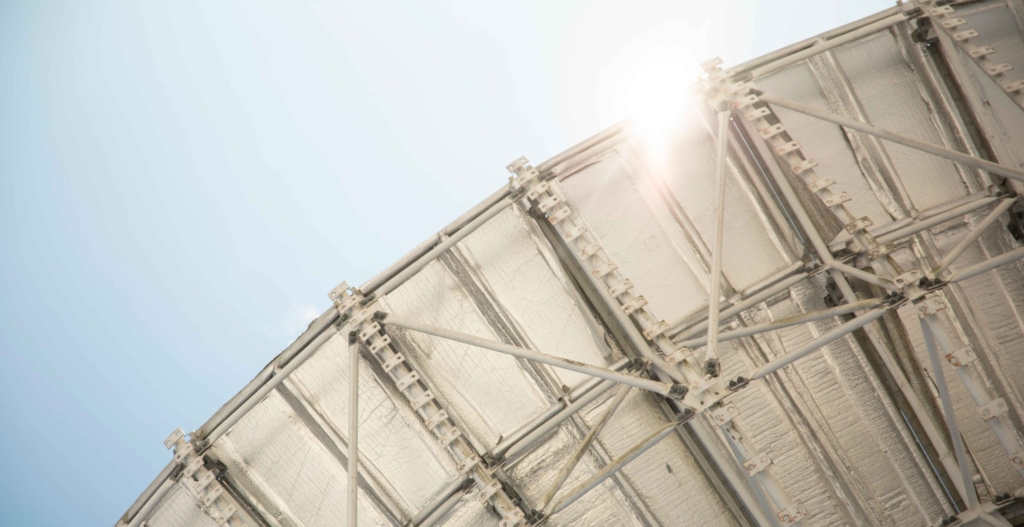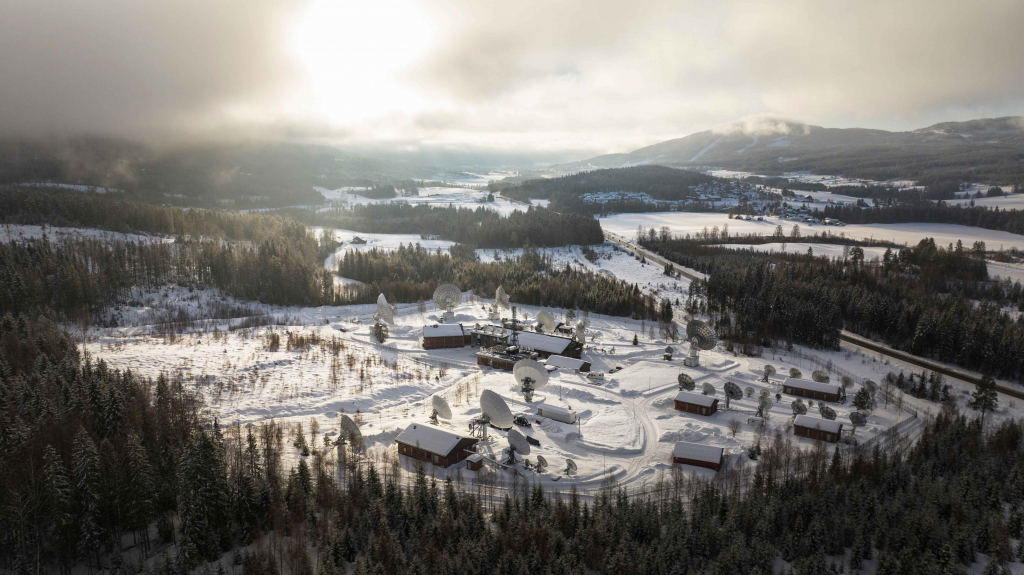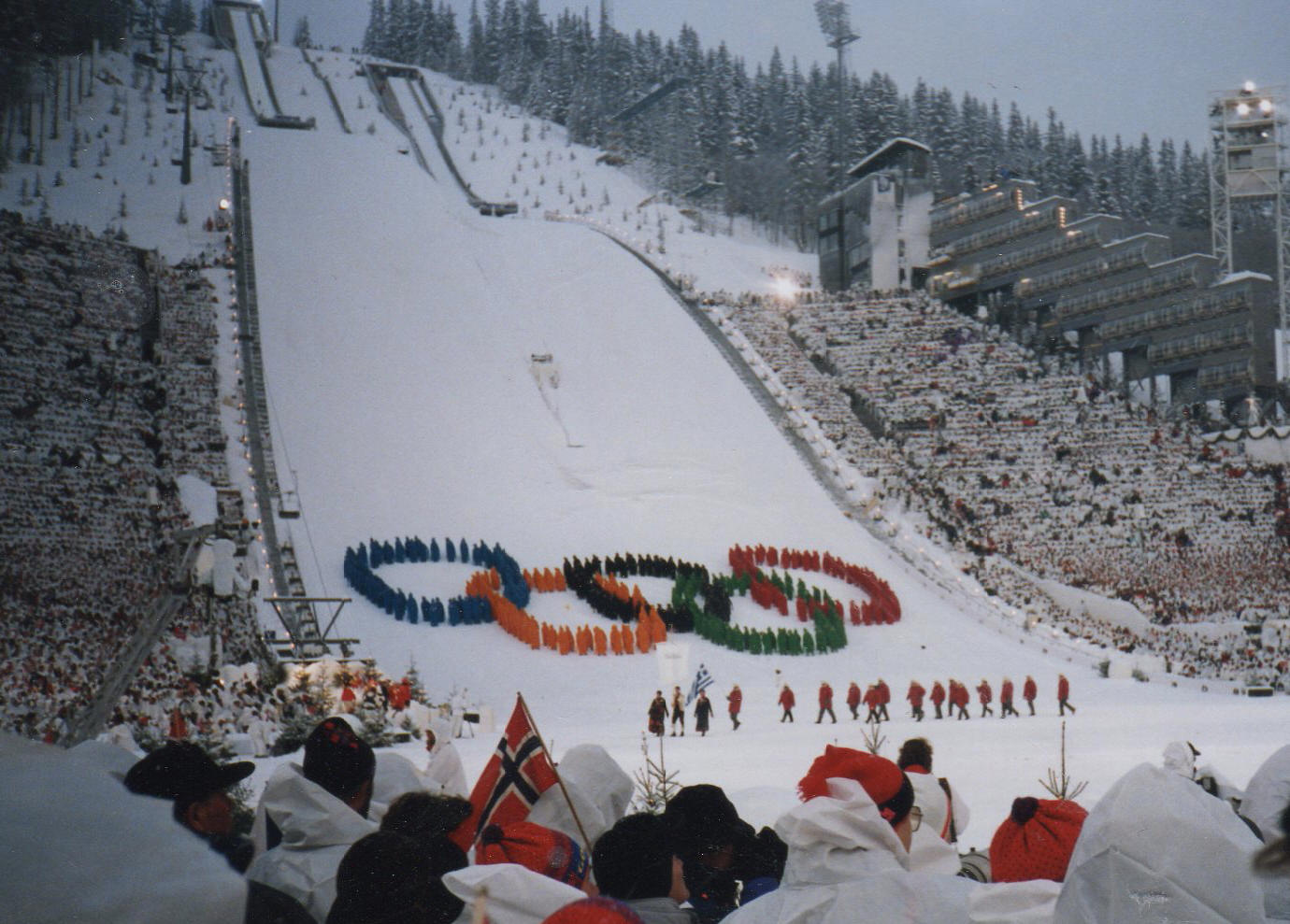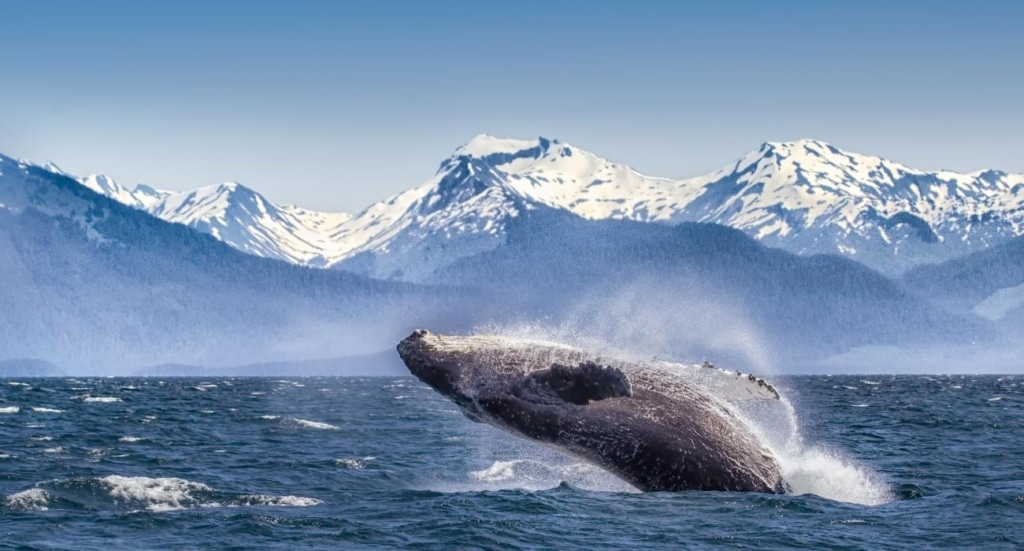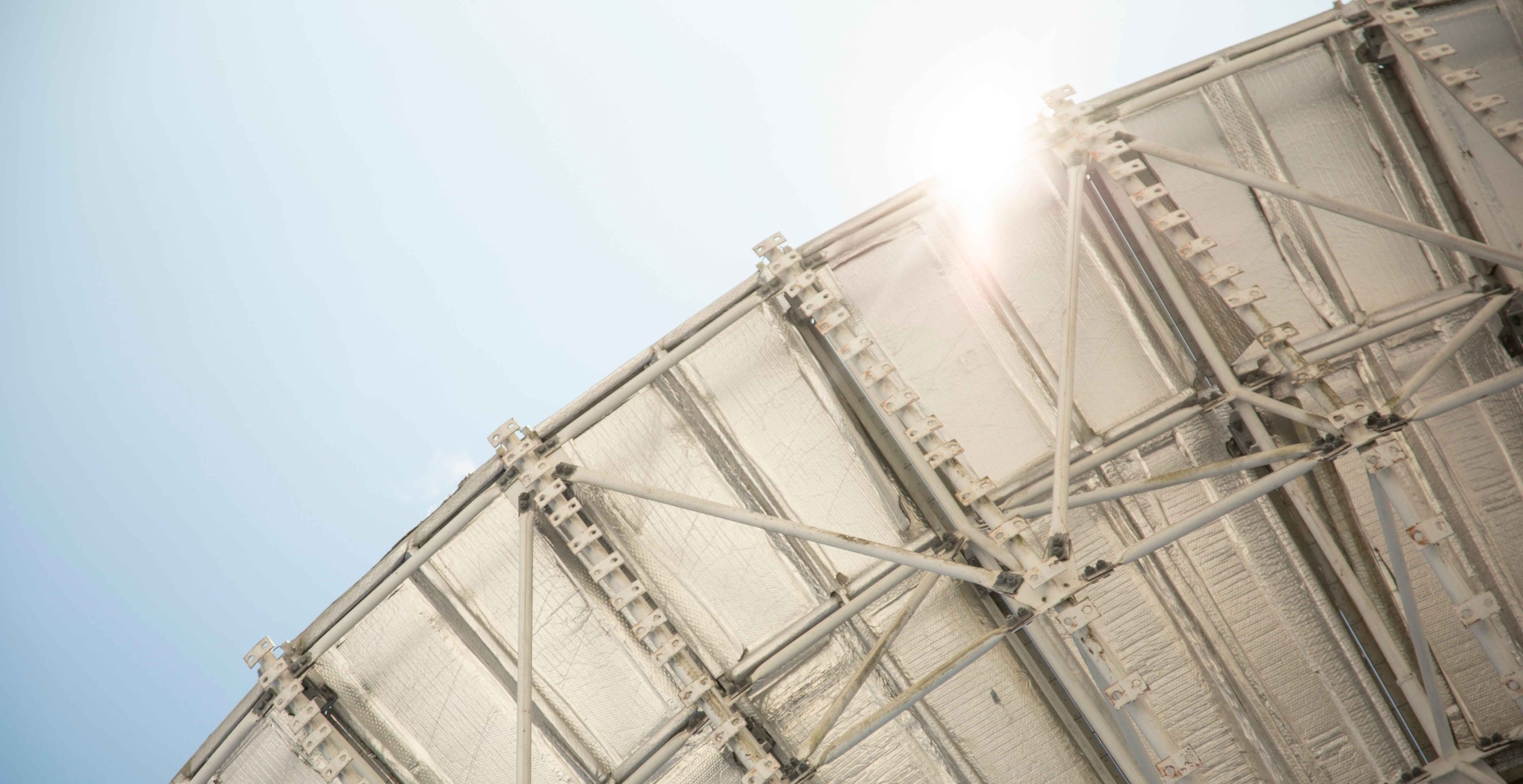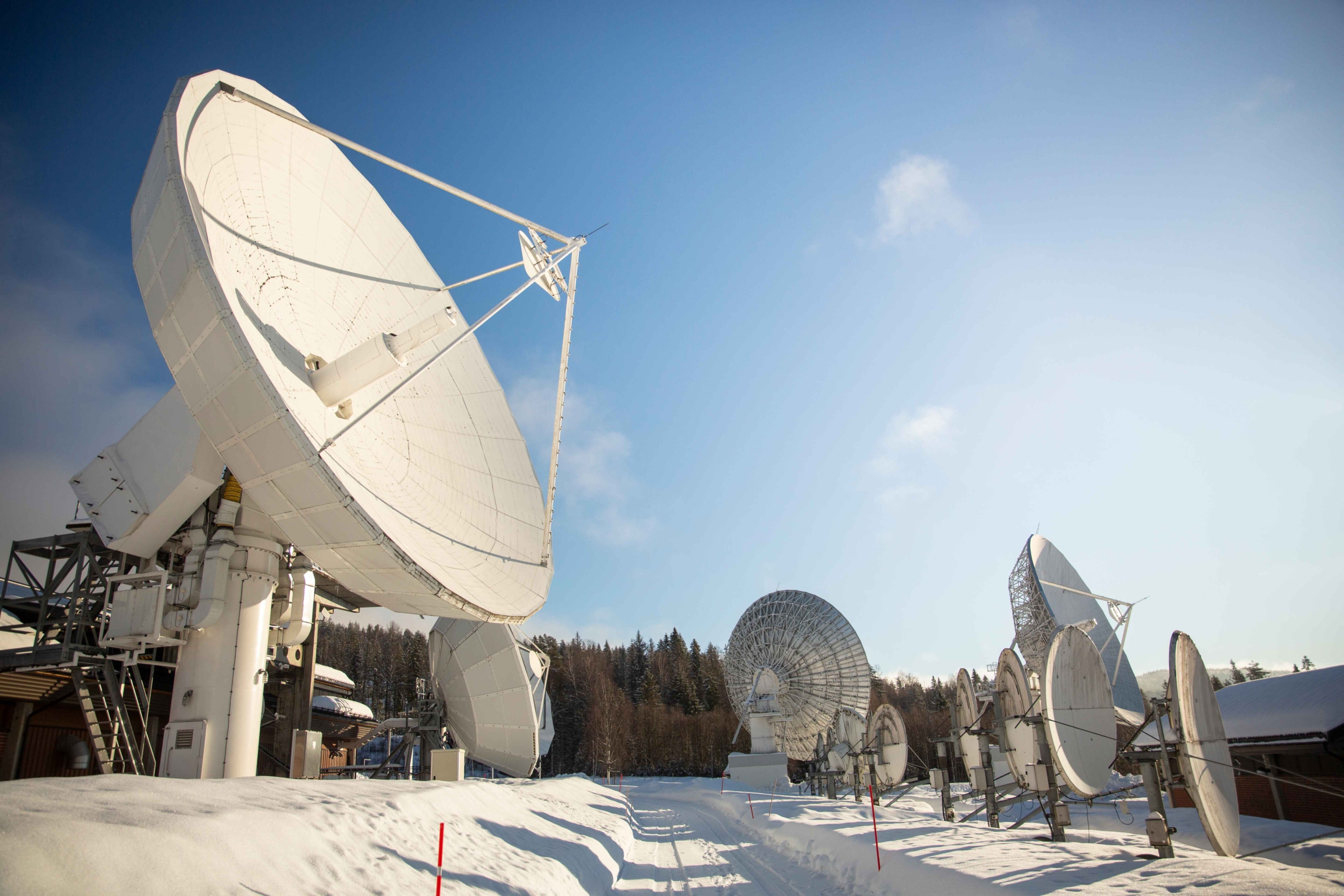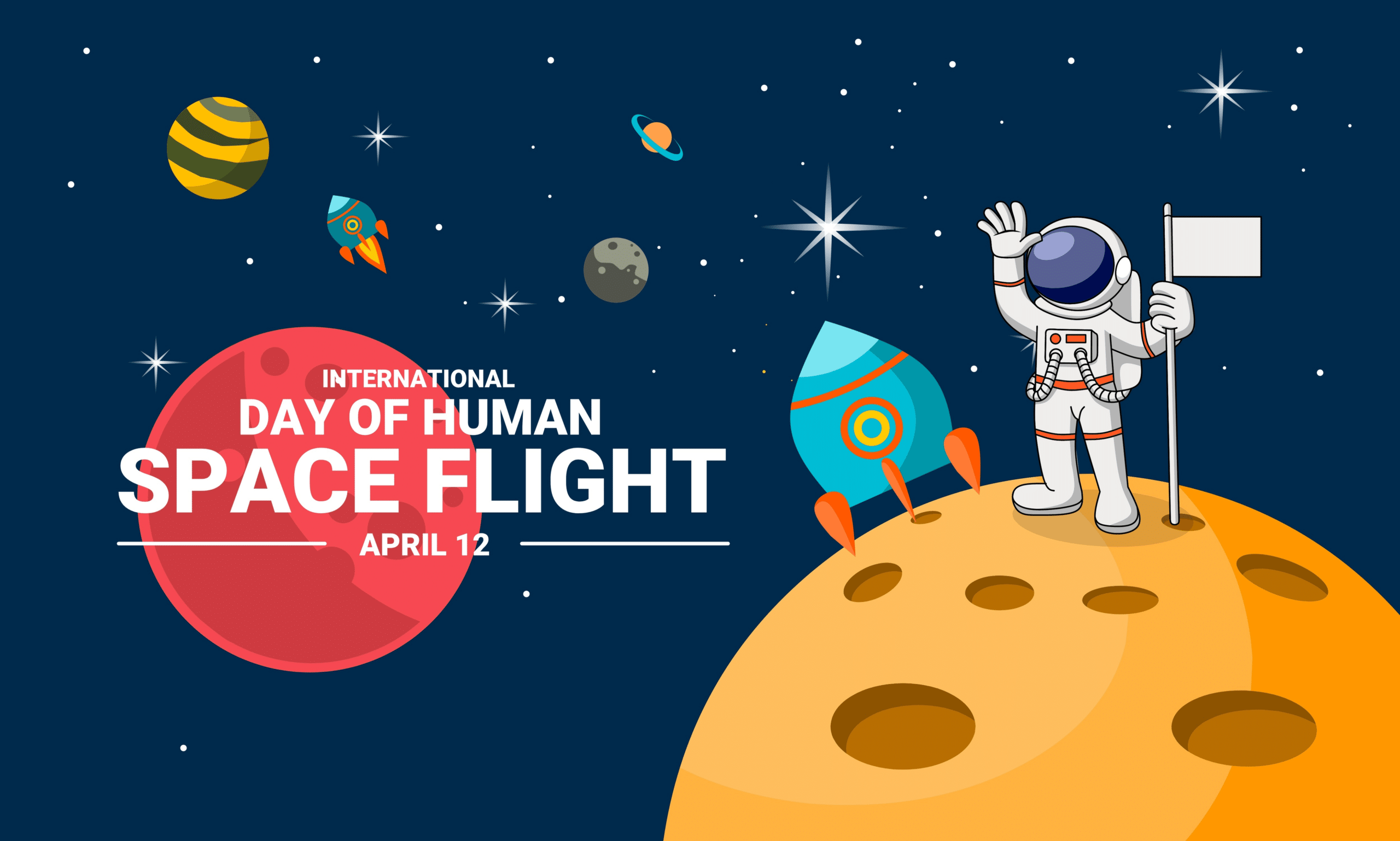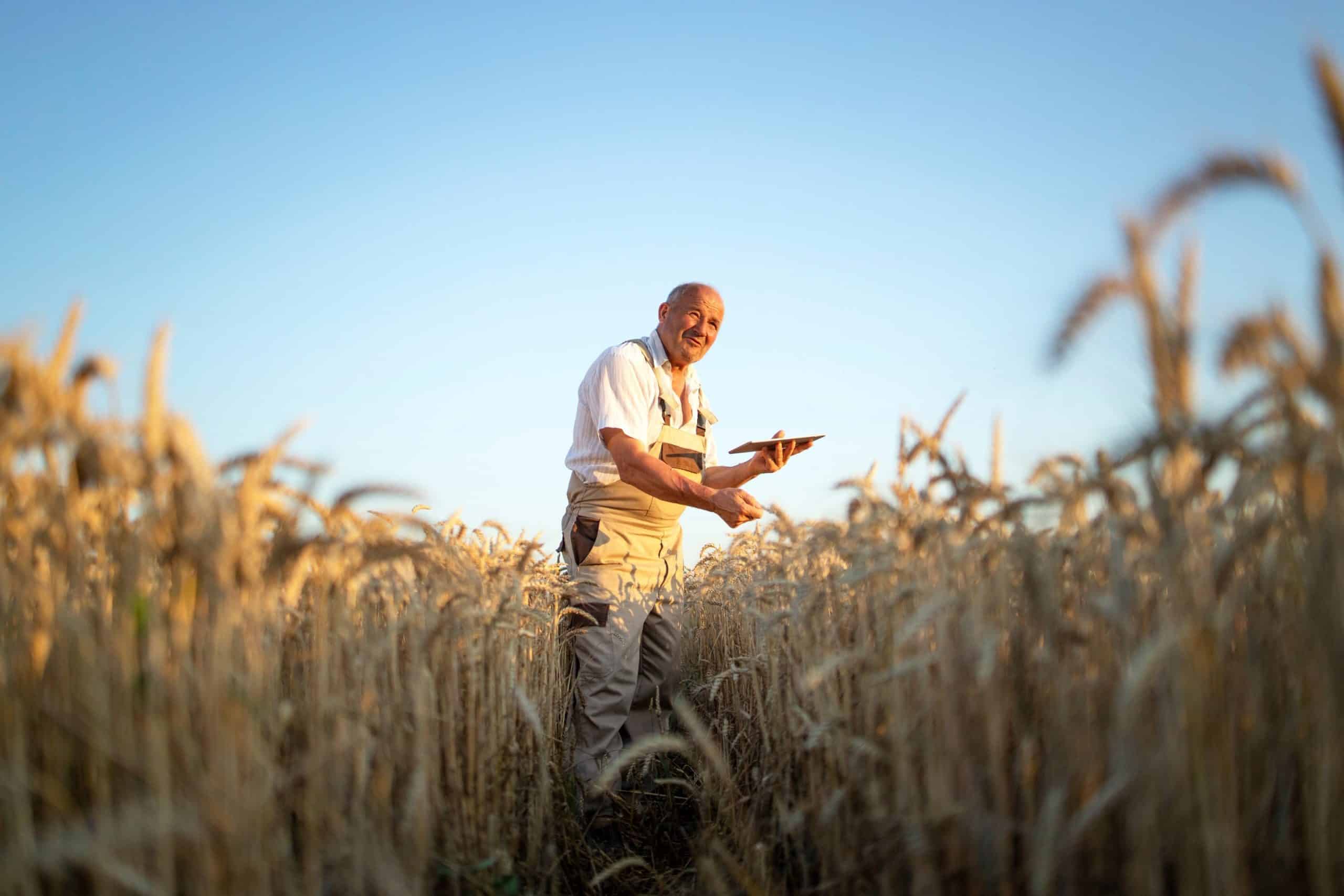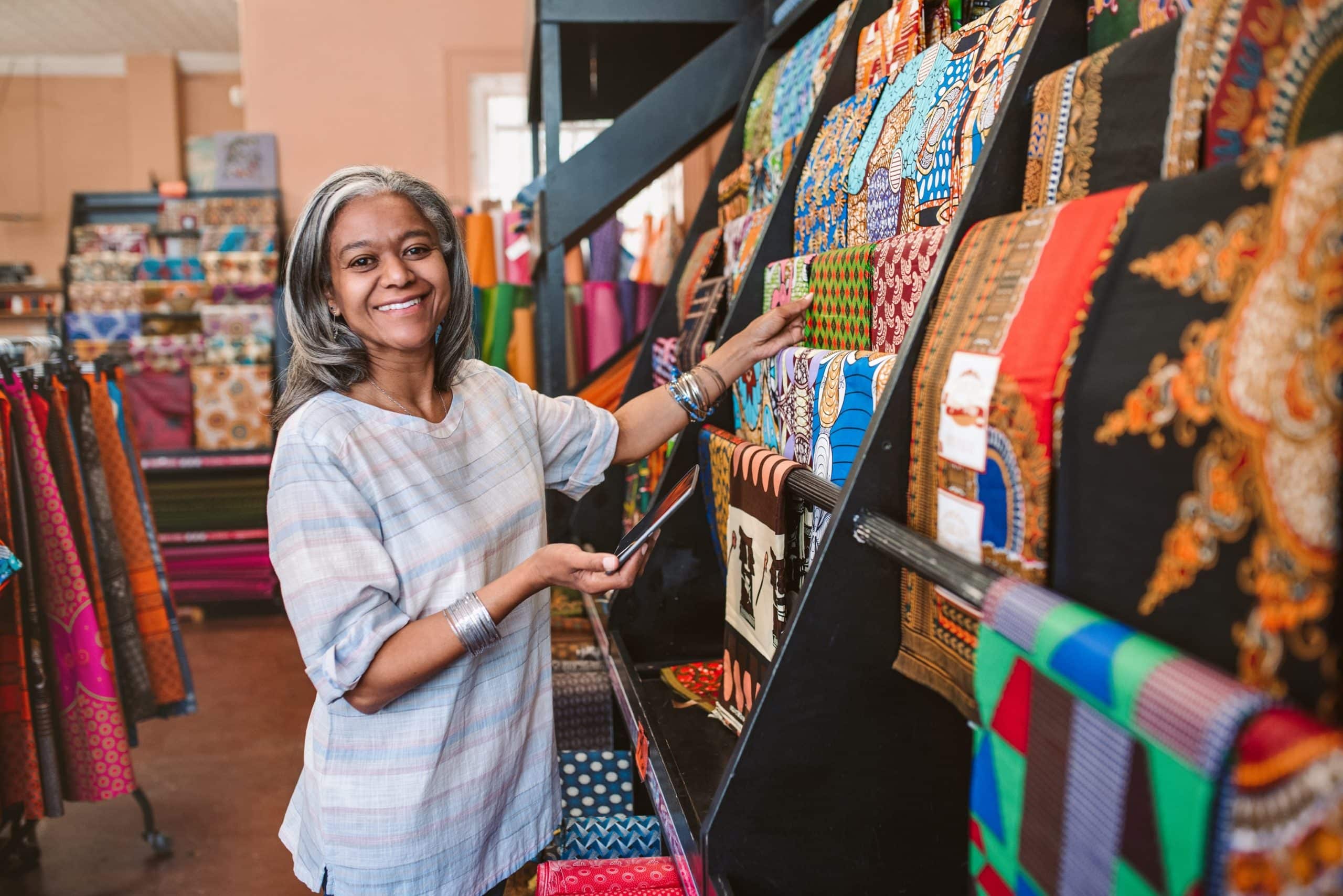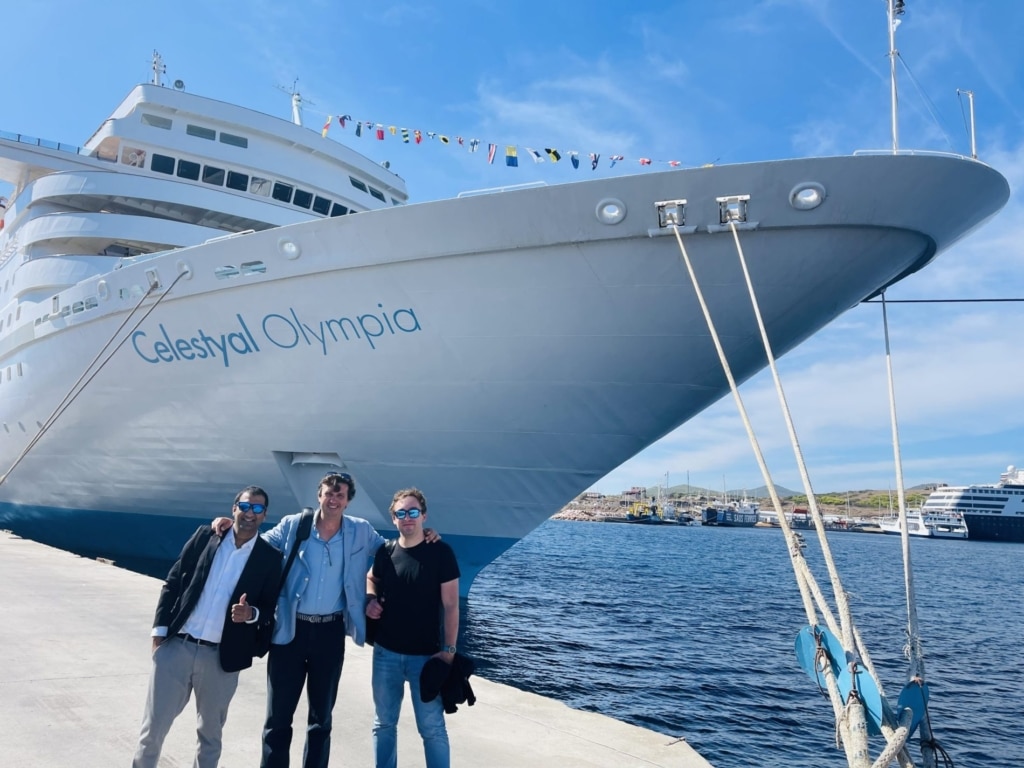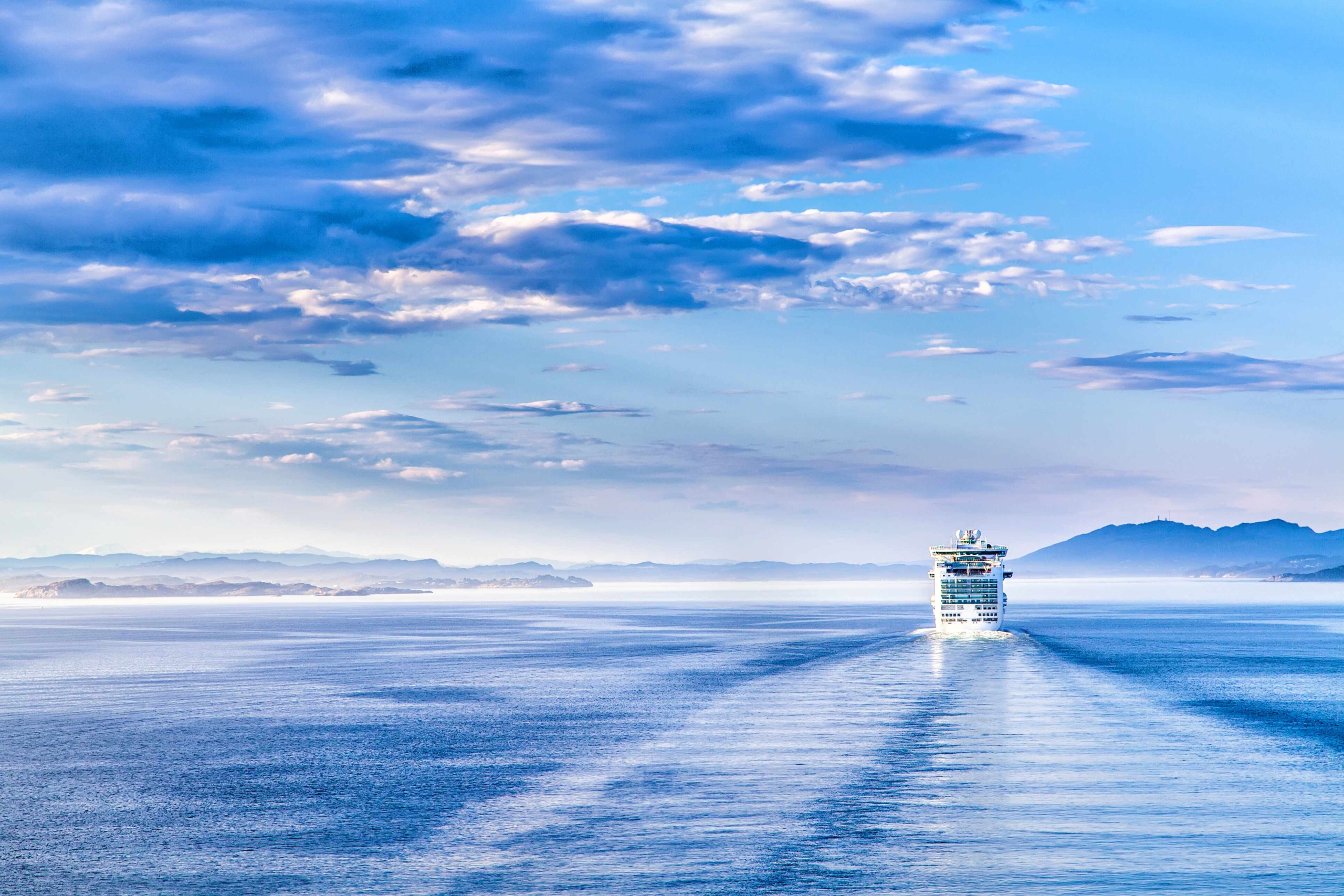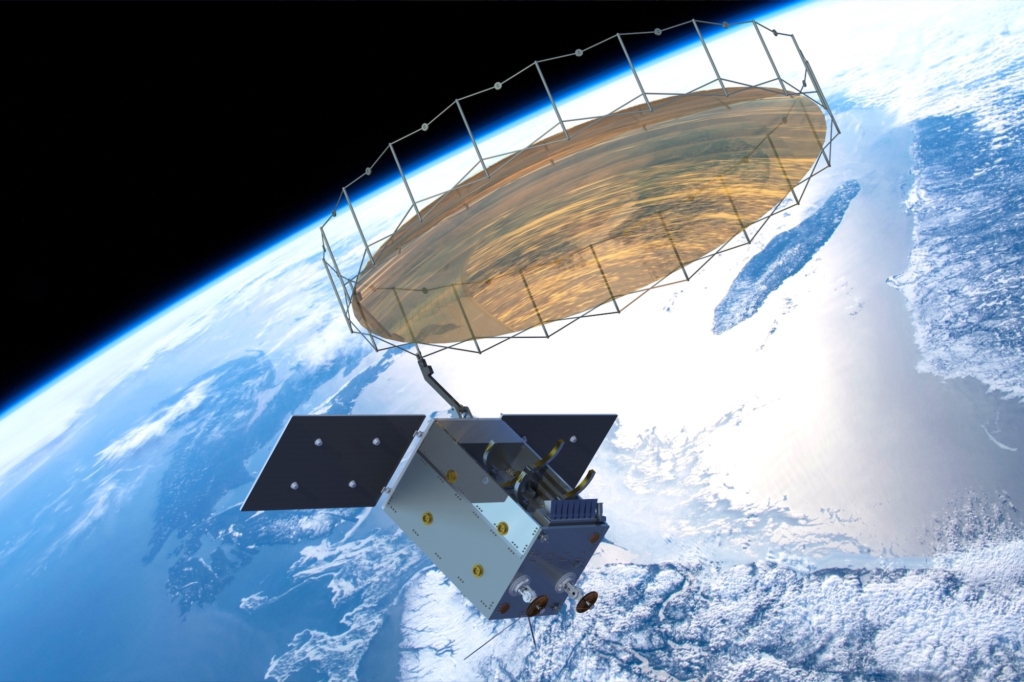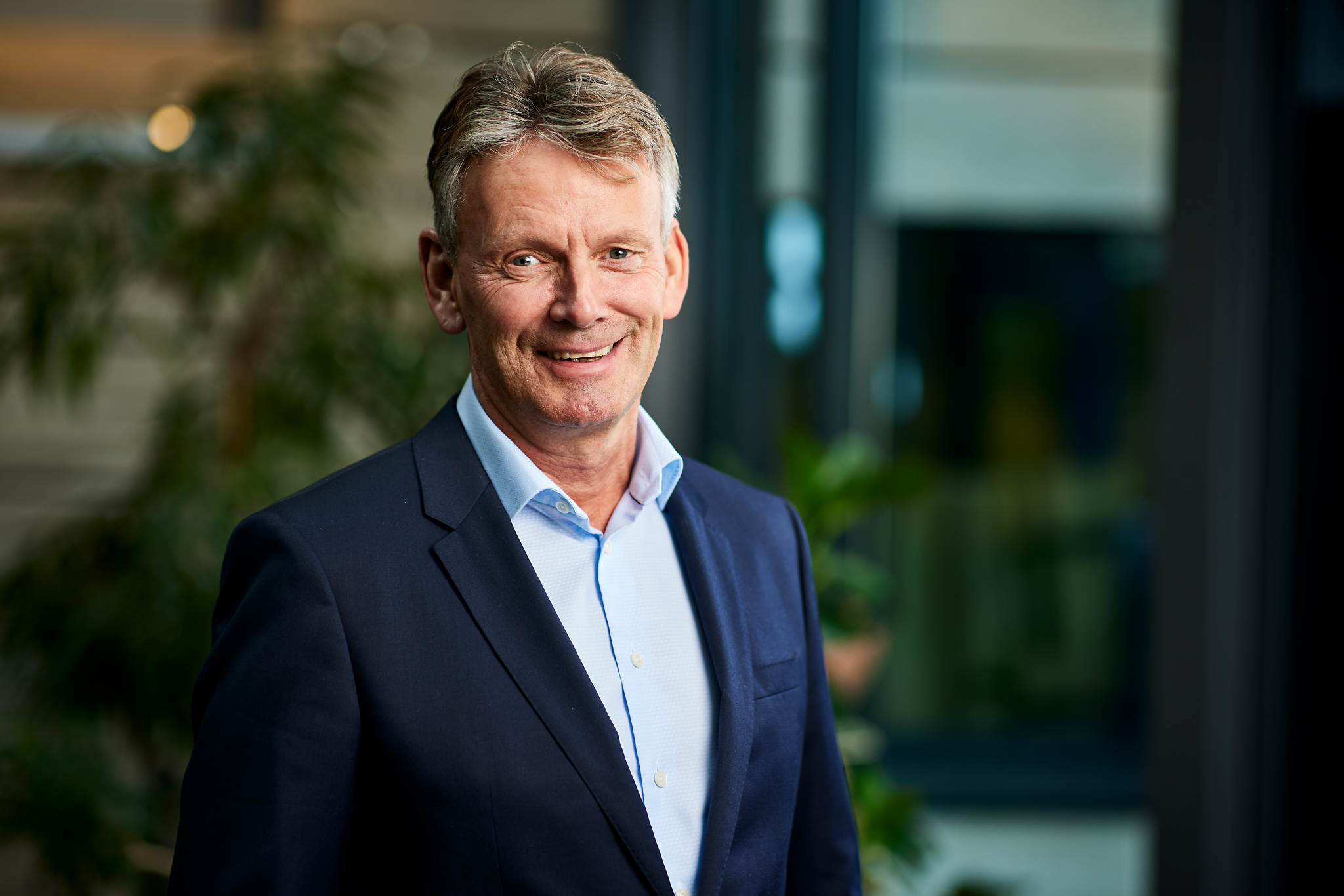
As Space Norway continues to strengthen its position in the satellite connectivity industry, these developments are set to enhance our service offerings and expand our reach. Read on to learn more about our direction in future satellite technologies and how these advancements will drive improved connectivity for our customers across the globe.
This article was published in Satellite Today on April 2, 2025. (original article)
Space Norway’s order of THOR 8 satellite last month marked a rare new Geostationary (GEO) satellite order in 2025. Coming almost a decade after THOR 7 was launched, it is a significant investment for Norway’s state-owned space company and will ensure the company continues its business in GEO.
One year after the Telenor Satellite acquisition, Via Satellite interviewed Space Norway CEO Morten Tengs about why it was the right time to invest in a new satellite and its recent agreement with Telesat as Space Norway looks to bring a Low-Earth Orbit (LEO) component to its service offerings.
VIA SATELLITE: You recently announced the commission of the THOR 8 satellite. Why was the time to right to invest in a new satellite?
Tengs: We have been in the satellite operation business for many years and we have built a substantial business. This is the business we plan to develop further with THOR 8. The fact is several of the current satellites are reaching the end of life. We had to order a satellite now to make sure we will have continued service from around 2028 when THOR 8 will be ready. THOR 8 is a multi-mission satellite that will replace several of the current assets we have.
VIA SATELLITE: There was a large time gap between THOR 7 and THOR 8, so there will be a huge difference in technology and capability. Would there be likely be a large gap between THOR 8 and THOR 9?
Tengs: You are right. There was a huge gap. THOR 8 will replace several of the existing satellites. We have over time built a satellite team to be a lean and efficient entity. With services and capacity sales that are targeting different needs. When we introduce THOR 8, the satellite has capabilities to reoptimize what we do. The capacity can enable us to provide services to three different segments – DTH/video, maritime/mobility and also government. That is the reason for this. It is a multi-mission satellite.
When it comes to THOR 9, we don’t have concrete plans. The focus is to deliver on THOR 8.
VIA SATELLITE: Since the launch of THOR 7, the satellite world has changed in a huge way. What role can a GEO operator play in a world that is now dominated by LEO investments and assets?
Tengs: The satellite world has changed a lot and we are part of that change. You can consider Space Norway to be orbit-agnostic or multi-orbit. We have been in the GEO world for many, many years with our THOR fleet and also with the 10-02 satellite that we share with Intelsat and since last year we launched the Arctic Satellite Broadband Mission (ASBM) program. We launched two programs in this ASBM mission. These are two satellites in high elliptical orbit where we provide important critical services for both government and private clients. So far, we have also been in LEO orbit, only focusing on Earth Observation (EO).
We recently announced a cooperation with Telesat and Lightspeed and in a few years, we will be able to offer a full multi-orbit service. We are very happy with the arrangement we have with Lightspeed.
VIA SATELLITE: Would you look to partner with other LEO operators other than Telesat?
Tengs: It is not only limited to Telesat but we are very happy with the agreement with them. We think their network design is excellent and we think we will be able to offer premium services to both government and commercial clients. Having this service fully integrated into our product portfolio is a big milestone for us. It is not limited to Lightspeed though.
VIA SATELLITE: Given the volatile geopolitical situation in Europe, do you think Norway will invest even more in space-based assets going forward?
Tengs: I can’t speak on behalf of the government, but we can see there is an increased focus on space. I think we as a company we will invest more. We are in a capital intensive business and we will make investments both in EO and communication going forward.
VIA SATELLITE: In terms of new verticals, is Space Norway looking to target new customer groups for its satellite solutions?
Tengs: We are already in the government sector, but I think that is the sector where we will see the most growth going forward. Both in terms of civil and defense, I see strong opportunities and growth for us.
VIA SATELLITE: Where do you see the demand for capacity on THOR 8? Why will these customers choose Space Norway rather than a LEO offering?
Tengs: THOR 8 is a multi-mission satellite. We have a couple of DTH payloads designed to serve the Nordic market and Central and Eastern Europe (CEE) with broadcasting capacity. We have a partnership with Intelsat regarding broadcast capacity. We have announced a new deal with Intelsat, securing capacity for the duration of the THOR 8 satellite. The next payload/service is more based on wholesale capacity and this enables customers that are interested in installing closed networks that they control. We think there are clients that will prefer fully closed networks rather than putting their eggs in a LEO basket. That is the case for government and commercial clients, especially for governmental applications, where control and independence is particularly important. We have seen this demand. The way we have designed THOR 8 is to cater for these various services and capacities.
VIA SATELLITE: What have been the benefits of Telenor Satellite becoming part of Space Norway? Has there been any form of culture change?
Tengs: The acquisition/merger makes perfect sense. It is a combination of two worlds. Telenor Satellite was a more commercial orientated company focusing on customer needs and profitability where as Space Norway was focusing on innovation and large projects such as the Arctic Satellite Broadband Mission (ASBM) Project. So, combining these two operations gives a very good mix. We are very happy with how it looks. There are always challenges when combining two operations. But, nothing we can’t solve.
VIA SATELLITE: Could you tell us about the launch of ‘Arctic Way,’ the world’s northernmost subsea cable system. What is the thinking behind this? How does this blend with your satellite assets?
Tengs: The reason for the launch is that there is a current cable system today that will reach end of life in around 2028-2030. This is the right time to start a project and make sure there is continuity in the services. So, that is the simple background. There is a commercial market on the island of Svalbard. This new cable system will also have a link to Jan Mayen where there are only governmental needs. There are satellite activities at Svalbard also where we can serve.
VIA SATELLITE: As the CEO of Space Norway, what do you see the key challenges for the company over the next 12-18 months?
Tengs: The key challenge is to deliver on the projects that we have. So, we have THOR 8 and the cable system, the agreement with Telesat. We have a lot of business related activities that we need to deliver on and then we have the internal stuff, and the continued integration with Space Norway and Telenor Satellite. Those are the two areas we will be looking. I hope we will be spending more time on the external things rather than the internal things.
VIA SATELLITE: Where do you see the opportunities to grow the business for Space Norway over the next 12 months?
Tengs: I think we will see significant growth in the government market for example, both on the communications side and the EO side. We see huge potential there. We have concrete plans in both those areas where we can’t go into detail just yet. I also see huge potential in the cooperation agreement we have with Telesat regarding Lightspeed. There are multiple areas where we see huge potential for Space Norway and we are very well positioned.
